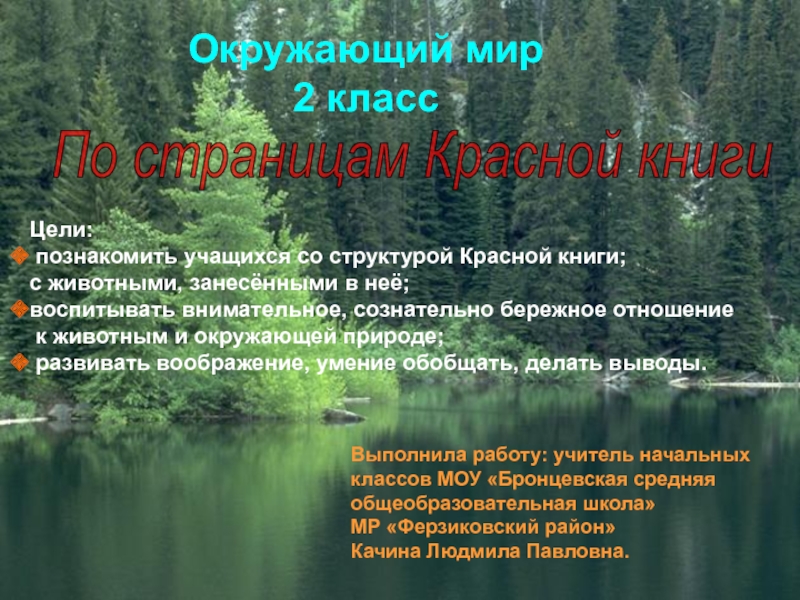Almetyevsk State Oil Institute, Russia
Introduction
The totality of all that is human-made: technical devices and systems, cities, houses, roads and all that humans have constructed to keep them alive on the planet are called the technosphere. The technosphere, though is a relatively new phenomenon, is evolving extraordinarily rapidly and its mass has been estimated to approximate to 30 trillion tons [4].
Currently the weight of all that man creates in a year is an order of magnitude greater than the mass of wild living organisms (biomass). Thus, our civilization faces very acute problems that require managing the technosphere to regulate the processes of its creation, interacting with the biosphere, solving the problems of recycling as it saves natural resources.
Conclusion
Considering the problem formulated in this paper the following fundamental principles of technosphere development and management may be proposed:
Study of the global state and prospects of technosphere development and its impact on the biosphere;
Humanization of technosphere. Large-scale technological transition to developing technologies that resemble natural ones and are compatible with the biosphere. A departure from science and technology focus on maximum exploitation of natural resources addressing only the needs of the individual and of society at any cost.
Prevention (minimization) of negative influence of technosphere on nature starting from a project design stage involving operation to the stage of disposal (embedding wastes in biosphere exchange processes) after the end of its life cycle. Determining the life cycle and program of recycling of all products manufactured at the very first stage of designing the project;
Development of systems for the processing, recycling and re-use of elements of technosphere matter;
Energy- and recourse-saving approach to the technosphere content;
Integrated use of raw materials recovered, creating low- and non-waste technologies;
Priority development of the renewable electric power industry;
A comprehensive approach to placement and implementation of major technosphere projects, limits to urban growth.
Results
Technospheric hazards derive from industrial facilities and technologies dangers, natural disasters and dangers from technical means and divices used by man in his day-to-day life. This is a great challenge to professionals – specialists in vital safety in technosphere. In this regard the university graduates majoring in this sphere should meet the following requirements:
understand societal, economic, and environmental impacts of engineering decisions , evaluate the problems associated with the economic activity in nature, determine the measures to protect the environment, apply methods and means of energy - and resource-saving technologies in environment management;
know and be able to apply the criteria, domestic and international standards and norms in the field of life safety; assess methods of the main resource-saving and environmental technologies and use them to protect environment, have basic methods of dealing with consequences of accidents, disasters, natural disasters;
be able to adopt technological solutions to be used with no waste , carry out calculations of emissions and assess the environmental status of the existing and projected technological processes and equipment, use standard approaches to ensure the safety of life and environmental sustainability; apply the legal and technical standards to ensure secure life.
Research
Currently, all that humans create during one year makes up 1013 tonn (technomass), while the weight of wild living organisms (biomass) increases over the same period only by 1012 . In this regard, ecology as a combination of a science and a sphere of human activity is of great significance for technosphere and ecosystem relations. One of the radical means here is to create technologies that resemble natural ones [1], embedded in the biosphere. But the problem of technosphere control is a wider problem.
To create a continuously increasing number of ‘technosphere’ more and more minerals and energy of our planet’s limited resources is needed. In this case the problem of secondary use of ‘technosphere’ elements is becoming more urgent. Systematic approaches to the structures of ‘technosphere substance should be developed. R. K. Balandin, L. G. Bondarev define its composition as consisting of, first, technical devices producing minerals and generating energy (like living plants in the biosphere); second, the technical unit for processing the recovered raw materials and manufacturing facilities; thirdly, the technique that produces the means of consumption; fourth, technical systems for transferring, using and storing of mass media. A special block covers autonomous (intelligent) multifunctional system (robots, automatic stations, etc.). Obviously, systems for the disposal and recycling of ‘technosphere’ for recycling its component elements should also be added here. In related technologies creating technosphere it is necessary, in our opinion, to develop system approaches.
As an example, in the framework of the approach mentioned related to oil production (oil field development) it is good to cite the research of V. P. Tronov which considers aspects of systems development characteristics interaction, drilling and completion of wells, oil production, treating the bottom-hole zone on the reservoir, works related to increasing oil recovery factors, oil and gas gathering systems and technological schemes of the produced oil treatment, gas separation, corrosion process and systems to maintain reservoir pressure. A comprehensive analysis of production operations also include the problem of integrated processing of the extracted raw materials. Thus, heavy oil and natural bitumen fields contain significant reserves of such valuable metals as vanadium and nickel. Unfortunately, in our country, they are not separated from hydrocarbons. As a result metals burned with the fuel oil at thermal power plants partially are released into the atmosphere polluting it and partly remain in the ash.
Your university logo/name






